Limyra
Q780117Limyra (Greek: Λιμύρα): town in Lycia, modern Turunçova. In Lycian, it was called Zemuri or Zemu.
History
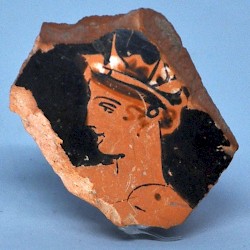
The ancient site of Limyra lies six kilometers inland from the sea, at the foot of a mountain, which was used as acropolis. A small port named Phoenix (modern Finike) and a fertile plain were the main asset of this town, which already flourished in the second millennium BCE. It is mentioned in Hittite cuneiform tablets ("Zumarri") but archaeological finds from this age, the Dark Age, and Archaic Age are few (although there were certainly people living over here in the seventh century BCE). In the Classical Age, we find some imported pottery from Greece.
Limyra played an especially important role during the fourth century BCE, when the Lycian ruler Pericles supported a rebellion of satraps in Asia Minor against the ruling Achaemenid Persians. For some time, Limyra was the capital of Lycia. Persian rule was reestablished in 366 or 362 BCE by Maussolus, the satrap of nearby Caria, who moved the satrap's residence to Halicarnassus.
The five necropolises from this age are an indication of the city's importance. Built near the south wall of the acropolis, the mausoleum of Pericles is one of the main monuments. It has some splendid reliefs and remarkable sculptures of Perseus killing Medusa and one of her sisters, fleeing. Slightly younger is the tomb of Xatabura, which dates back to 350 BCE and belonged to a relative of Pericles.
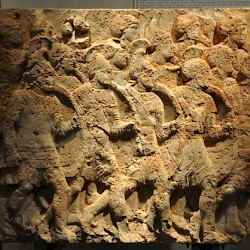 Limyra, Mausoleum of Pericles, Phalanx |
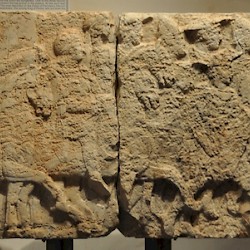 Limyra, Mausoleum of Pericles, cavalry |
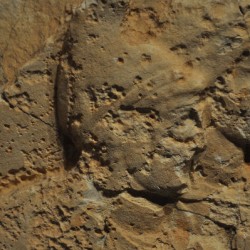 Limyra, Mausoleum of Pericles: Artaxerxes II Mnemon |
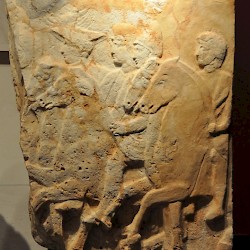 Limyra, Mausoleum of Pericles, cavalry |
After Alexander the Great had ended Achemenid rule - he passed through Lycia in early 333 BCE - much of Lycia was ruled by Ptolemy I Soter, one of Alexander's successors, who had started a kingdom of his own in Egypt. He was succeeded by his son Ptolemy II Philadelphos, who supported the Limyrans when they were threatened by the Galatians (a Celtic tribe that had invaded Asia Minor). The grateful citizens of Limyra dedicated a monument to their savior, which was called the Ptolemaion.
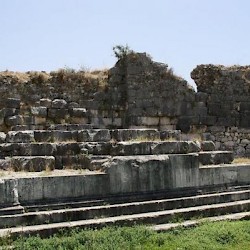 Limyra, Ptolemaion |
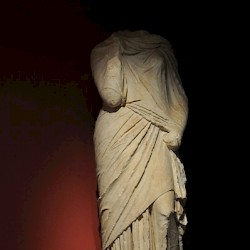 Limyra, Ptolemaion, Statue of a lady |
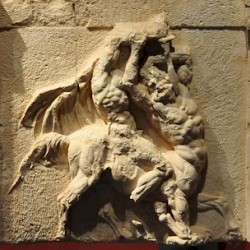 Limyra, Ptolemaion, Metope with a Centauromachy |
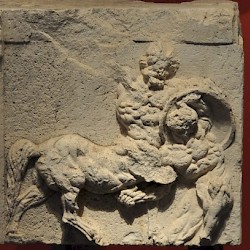 Limyra, Ptolemaion, Metope with a Centauromachy |
Next, the region became part of the Seleucid Empire, followed by a rule by the Rhodians, who in turn were succeeded by the Romans after 167 BCE, who recognized it as a free town until they added it to their province of Pamphylia in 43 CE. Roman rule brought centuries of prosperity, although the city suffered from an earthquake in 141 CE.
The Roman city
The lower city at the base of the hill encompasses two separate walled areas. A gate in the district to the west leads through to a marshy area and down toward a massive structure standing on a stone podium. This is the cenotaph of Gaius Caesar, grandson and heir apparent of the emperor Augustus. Gaius had been sent on a political mission to Armenia, which the Parthians had recently invaded. Gaius successfully placed a pro-Roman king on the Armenian throne but was seriously wounded during a subsequent skirmish. On February 21 in the year 4 Gaius Caesar died from his wounds at Limyra during his return to Rome. Only the basic structure of the cenotaph remains in situ.
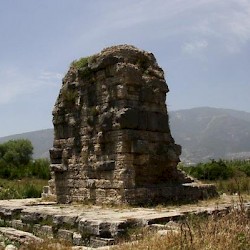 Limyra, Cenotaph of Gaius Caesar |
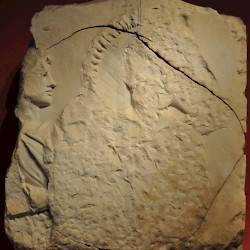 Limyra, Cenotaph of Gaius Caesar, Damaged relief |
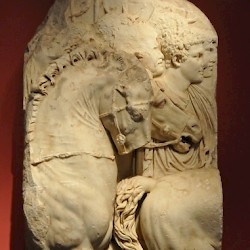 Limyra, Cenotaph of Gaius Caesar, Relief |
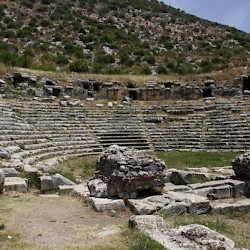 Limyra, Theater |
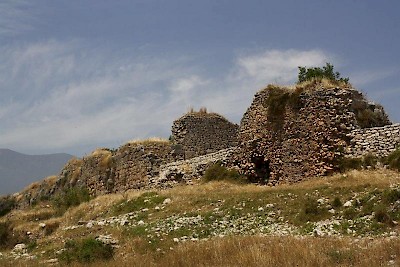
Among the other remains from the Roman age is a theater, cut into the base of the hill, with seating capacity for 8000 spectators. It was built in the second century by a local Lycian mecenas named Opramoas of Rhodiapolis. There's also a small second century bathhouse with a complex heating system. Also from the Roman age are the colonnaded streets. Very remarkable is the Roman bridge, east of the city, which has segmented arches.
The city venerated Zeus as principal deity and had a fish oracle - a type of futurology that was not uncommon in Lycia (there were similar oracles on Sura and Myra). In Late Antiquity, Christianity rose to prominence; bishops were present at the councils of Constantinople (381), Chalcedon (451), Constantinople (553), and Nicaea (787). To the west of the town is a large fifth-century church, which replaced a temple of Sarapis. Close to the church is the bishop’s palace.
Getting there
Limyra is easy to reach. From Antalyam one can take the main road 400 direction Kumluca and further direction Demre/Kale. Near Finike a good road leading to Elmali to the right passes the site of Limyra. Cafés and restaurants are in nearby Turunçova.
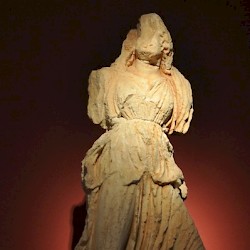 Limyra, Mausoleum of Pericles, fleeing Gorgo |
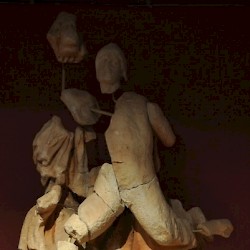 Limyra, Mausoleum of Pericles, Perseus |
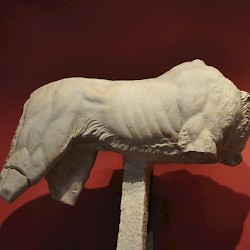 Limyra, Ptolemaion, Statue of a lion |
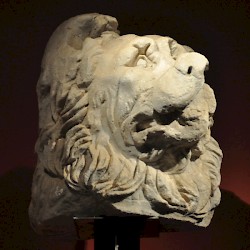 Limyra, Ptolemaion, Statue of a lion, head |